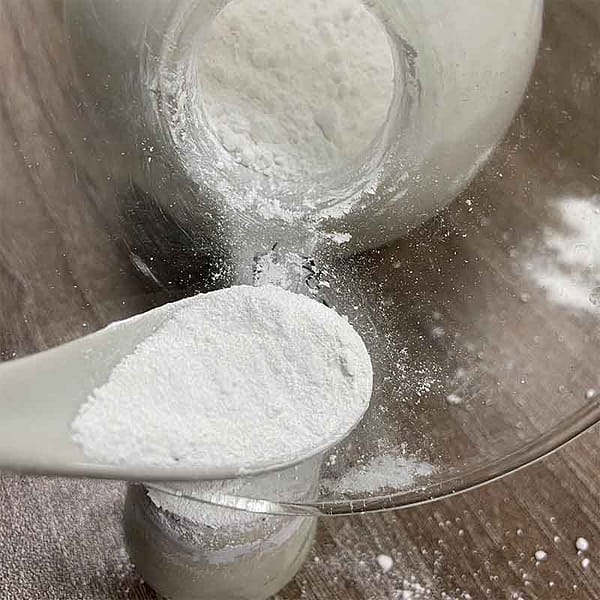The titanium dioxide pigment commonly referred to as pigment white, also known as titanium or 6(PW6) is a market famous. This is particularly true in the fields of rubber paints, plastics, and paper. This versatile compound is well-known for its stunning white color. It plays a vital role in the transformation process of raw materials into vibrant, finished products. We will examine the fascinating properties and uses of titanium oxide, as well as the production process, to see how it influences various industries.

The Canvas of Titanium Dioxide – A Palette of Possibilities
Titanium dioxide stands as an important element in the manufacturing of many items, contributing to the design and appearance of items we encounter daily. In the case of Pigment White 6, it plays a significant role in the production of paints. It gives an amazing and opaque white hue that boosts the vibrancy and depth of artistic and industrial applications equally.
In the world of plastics, titanium dioxide not only provides color, but also functions as a stabilizing UV agent protecting against the damaging effects of ultraviolet radiation. This dual function makes it an important part of a variety of plastic products including packaging materials, to sturdy outdoor products.
The Manufacturing Alchemy of Titanium Dioxide Production Processes
The production of titanium dioxide is an intricate process and two main methods leading the way: the sulfuric acid method as well as the chlorination process. Each method comes with its own uses and technicalities that contribute to the wide range of applications that titanium dioxide can be utilized across different industries.
The Sulfuric Acid Method: This procedure involves the reaction of minerals that contain sulfuric acid with titanium which results in the formation of a solution of titanium sulfate. This solution is then hydrolyzed to produce hydrated titanium dioxide. After calcination the final product is a fine, white powder that can be utilized in a variety of industries, such as paper and paint.
The Chlorination Process: In contrast, the chlorine method makes use of chlorine gas to react titanium-bearing ore, creating titanium Tetrachloride. After a sequence of chemical reactions, titanium tetrachloride may be converted into pure titanium oxide. This method is widely used in the manufacturing of titanium dioxide for the rubber and plastics industries.
Titanium Dioxide Applications: Art and Science
Titanium Dioxide is a paint which has a sparkling shine across every sector. Its capacity to give an intense white color, with excellent coverage and durability makes it a popular choice for homeowners, artists and industrial uses alike. The stunning white hue it provides to the canvas is not only a visual effect however, it also serves as a functional. It enhances the longevity of the painted surface.
Shaping plastics with radiant In the world of plastics titanium dioxide is used for two purposes. It’s not just a colorant, but also a UV stabilizer that shields the plastic from the damaging effects of sunlight. It is therefore an essential component of the production process for outdoor plastics because it is a guarantee that they will maintain their structural integrity and appeal as they age.
Titan dioxide is used in the paper business to increase the whiteness of the paper and its transparency. The addition of titanium dioxide enhances the luminosity of the paper and makes printed content more vibrant and easy to read. The application of titanium dioxide in the production of paper is more than aesthetics. It plays a vital role in improving the overall quality of printed materials.
Rubber Resilience & UV Resistance: The business gains from the UV resistance that titanium dioxide offers. Titanium dioxide protects rubber-based products from harmful effects of UV radiation.
Beyond Pigment: Titanium Dioxide’s Invisible Impact
While the impact of titanium dioxide is prominently visible as a pigment, its impact goes beyond color. Its capacity to increase the strength, durability, and long-term performance of materials in different sectors makes it an invisibly but crucial contribution to the quality and efficiency of the final product.
In conclusion, titanium dioxide emerges as a substance of profound significance that seamlessly integrates into numerous industries. Pigment White 6 is a pigment that adds brilliance to all types of canvases and styles, whether industrial or artistic. Its production is the result of two processes that include chlorineation and sulfuric acid. This creates a broad variety of uses. The perfect blend of art and science in manufacturing is evident when titanium dioxide brightens papers, increases paint’s aesthetic appeal, protects the plastics’ resistance to ultraviolet radiation or protects rubber. The brilliant light produced by titanium dioxide illuminates the world around us, transforming various products into those that last and bright.
